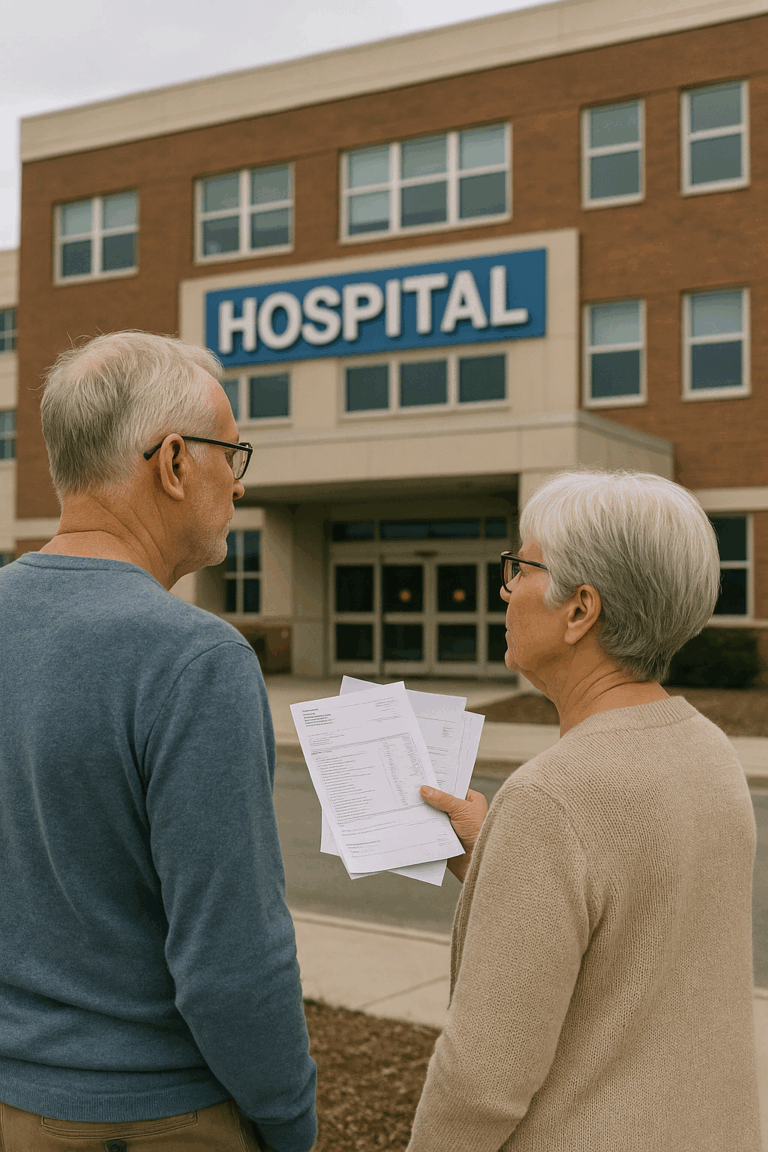 alt="Avoiding Costly RRSP Mistakes " />
alt="Avoiding Costly RRSP Mistakes " />The Biggest Mistake When Moving to the U.S.
One of Canadians’ most common mistakes when relocating to the U.S. is failing to plan ahead. Whether moving for retirement, work, or lifestyle, not preparing in advance can result in costly financial consequences, including higher taxes and penalties. Among these, improper handling of a Registered Retirement Savings Plan (RRSP) is one of the most frequent and expensive missteps.
Understanding RRSP Taxation on Both Sides of the Border
While You’re a Canadian Tax Resident
RRSP withdrawals are fully taxable as ordinary income in Canada.
After You Become a Non-Resident
Canada applies withholding taxes on RRSP distributions:
- 15% withholding for periodic payments
- 25% withholding for lump-sum withdrawals
What’s a periodic payment?
Any RRSP withdrawal that’s less than 10% of the account’s value at the start of the year, or up to twice the minimum RRIF amount based on your age.
From the U.S. Perspective:
This is where tax complexities arise, and poor planning can lead to unnecessary taxation.
- RRSP contributions made while a Canadian tax resident are not taxable in the U.S. when withdrawn.
- Unrealized capital gains within an RRSP are considered foreign ordinary income in the U.S.
- Selling investments inside an RRSP is not taxable in Canada, but in certain U.S. states, it may be.
- California, Arkansas, Pennsylvania, and South Carolina (and potentially Delaware and Mississippi) do not recognize the Canada-U.S. Tax Treaty, meaning investment income in an RRSP is taxed like a standard taxable account.
The Importance of Establishing a U.S. Tax Cost Basis for Your RRSP
Many Canadians moving to the U.S. are unaware that they must establish the U.S. tax cost basis of their RRSP. This involves:
- Gathering a full transaction history of contributions, dividends, interest, and sales.
- Converting transactions to USD on the transaction date.
Why Should You Do This Before Moving?
- Your account may be transferred to a new custodian, leading to loss of online access.
- A Canadian address and phone number are often required for verification.
- Statements and records may be misplaced during the move.
- Past advisors and custodians may be less cooperative once you are no longer a client.
What is “Crystallizing Your RRSP”?
Before relocating, you can sell all investments inside your RRSP and convert everything to cash. This strategy, known as “crystallization,” locks in the USD cost basis at the time of the move.
Benefits of Crystallization:
Minimizes future U.S. tax liability, as only future growth is taxable upon withdrawal.
Simplifies U.S. tax reporting by setting a clear cost basis.
Why This Matters
If you fail to establish your RRSP cost basis, the IRS will treat the entire withdrawal as taxable income, including all contributions made in Canada. Without proper documentation, the IRS assumes a zero-cost basis, potentially leading to excessive taxation.
This is particularly critical if you:
- Are in a high tax bracket.
- Plan to return to Canada and want to withdraw funds tax-efficiently before do
The Bottom Line: Plan Before You Cross the Border
At 49th Parallel Wealth Management, we specialize in helping Canadians make the move to the U.S. with clarity, compliance, and confidence. Our cross-border planning services ensure your investments, taxes, and retirement income streams are aligned when your residency changes.
Plan Before You Move: Cross-Border Wealth Management
At 49th Parallel Wealth Management, we help Canadians transition to the U.S. with financial clarity and tax efficiency. Our cross-border planning services align your investments, tax strategy, and retirement income for a seamless move.
Moving to the U.S.? Let’s Get Your RRSP Strategy Right.
Avoid costly tax mistakes and turn your RRSP into a tax-efficient retirement tool on both sides of the border.




